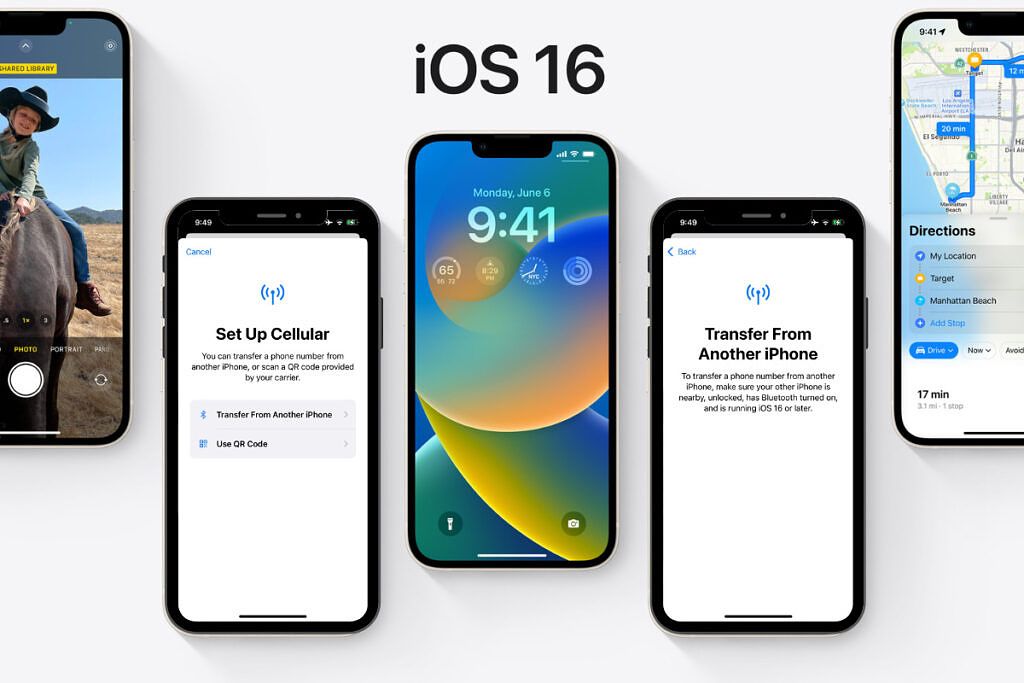Apple unveiled the iPhone 14 series at its “Far Out” launch event on the 7th of September. Alongside it came a selection of other products too, including the next generation of AirPods, the Apple Watch Series 8, and the Apple Watch Ultra. However, one of the biggest surprises of the event is one that actively harms U.S. consumers, and that’s the courageous removal of the SIM tray.
Apple is no stranger to anti-consumer practices (and for that matter, nor are any of the other Fortune 500 companies), but this is a new low for the Cupertino-based firm. The company has offered eSIM as a just-as-good alternative for bewildered consumers who aren’t sure what to do next. The problem is that eSIM isn’t necessarily the bastion of standardization that Apple would want you to believe that it is.
The problem with eSIM

There are carriers in the United States that don't actually support eSIM yet
Like seriously. Go look at the list of all the MVNOs in the US and then compare it to Apple’s list of supported eSIM carriers. It’s not perfect, since Apple is missing a few, but a *lot* of carriers don’t support eSIM.https://t.co/byFxayccoihttps://t.co/EipQs3Dgj3
— Zachary Wander
(@Wander1236) September 7, 2022
So, if you want to use a newer iPhone on your current carrier, and your current carrier happens to be one of the MVNOs listed above, you’re screwed. You’ll either need to push your carrier to introduce eSIM support or, more likely, you’ll have to switch carriers. Some carriers even only reserve eSIM support for higher-tier plans. If you break your phone, you also won’t be able to just quickly take the SIM card and stick it in an older phone. Your older phone mightn’t support eSIM, and even if it does, you’ll often need to wait on your carrier to distribute a new eSIM to you. What’s more, Ting has also been pretty transparent in the past that they aren’t being allowed support eSIM.
If it seems like this is a change that benefits the carriers with little-to-no consumer benefit, then you’ve seen nothing yet.
International roaming will be a pain with eSIM
The bigger problem with eSIM, and one that anyone who travels abroad will have realized very quickly, is that it’s going to be a lot harder to get a local data SIM card when traveling. Before the days of free EU roaming, when I traveled, I would pick up a local data SIM card and stick it in my smartphone as a means of accessing mobile data without paying crazy-high roaming fees. I picked up a local SIM card in Latvia a few years ago for about €4, and it had a month of unlimited data. A U.S. consumer no longer has that luxury.
Funny how it seems this change only benefits the carriers
Nothing stopped Apple from keeping single SIM plus eSIM support, as you know, it still does for the rest of the world. If you wanted to use eSIM you could, and if your carrier supported it, you could gain from all of the benefits of eSIM without being locked into a particular kind of carrier. This instead acts as another roadblock to using a local SIM card, and for many, the hassle of jumping to another local carrier when on vacation won’t be worth it. This in turn will kick roaming fee profits back to the carriers. It even makes the phone difficult to import from the U.S. to some regions, which people may want to do as the prices have risen in Europe, India and so many other markets.
Funny how it seems this change only benefits the carriers.
It takes courage
What I found most peculiar about this ordeal is how there are essentially no tangible benefits to consumers. Every single anti-consumer action that Apple takes will generally have a consumer-positive spin on top of it. The removal of the headphone jack for example was touted as a way to increase the space available inside of the phone for other components, and it just so happens to be able to sell you the solution in the form of AirPods. The removal of the charging brick in the box was described as an eco-friendly change, yet consumers just end up paying more for a charging brick. Apple is a company, companies want to make money, and companies are not your friends.
There are essentially no tangible benefits to consumers
Having said that, the courageous move of removing the SIM tray still completely boggles my mind. There is no consumer-positive slant. I haven’t seen any argumentation from fervent Apple defenders that makes even a modicum of sense, as I saw with the removal of the headphone jack or the removal of the charging brick from the box. U.S. consumers will stick to their carriers, or jump through multiple arduous hoops trying to get away from them when roaming.
Even weirder is that this means Apple is producing three separate variants of the iPhone 14 series. There’s an eSIM-only version for the United States, an eSIM plus physical SIM version for most of the world, and a dual physical SIM version for China. U.S. travelers will know that the iPhone is arguably the best phone for roaming thanks to its support of a wide berth of 5G and other network bands, but now it’s both simultaneously the best and the worst.
If this is a move towards the long-rumored portless iPhone, then it’s a jump that I think comes too soon. I also hate what this signals for the Android community — we all know how it will eventually turn out to be. Android OEMs will mock Apple in the beginning, and then soon adopt the very same practices. In the end, its the consumer who loses.
The post Apple’s SIM tray removal is anti-consumer and ruins the best smartphone for roaming appeared first on XDA.
from XDA https://ift.tt/uG3gi8C
via IFTTT

Aucun commentaire:
Enregistrer un commentaire